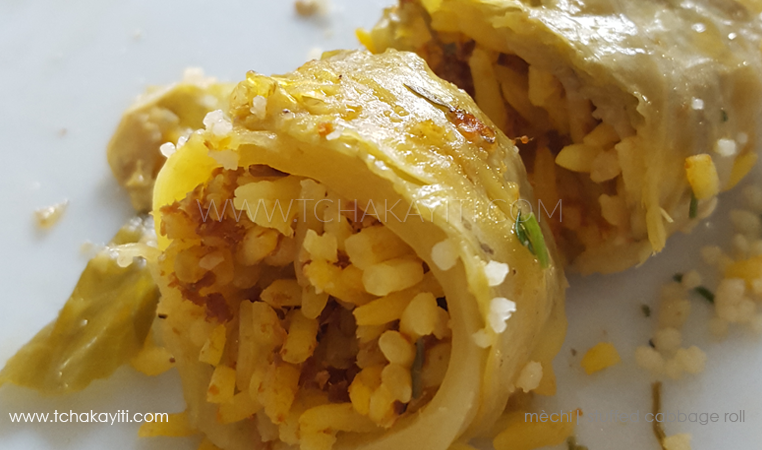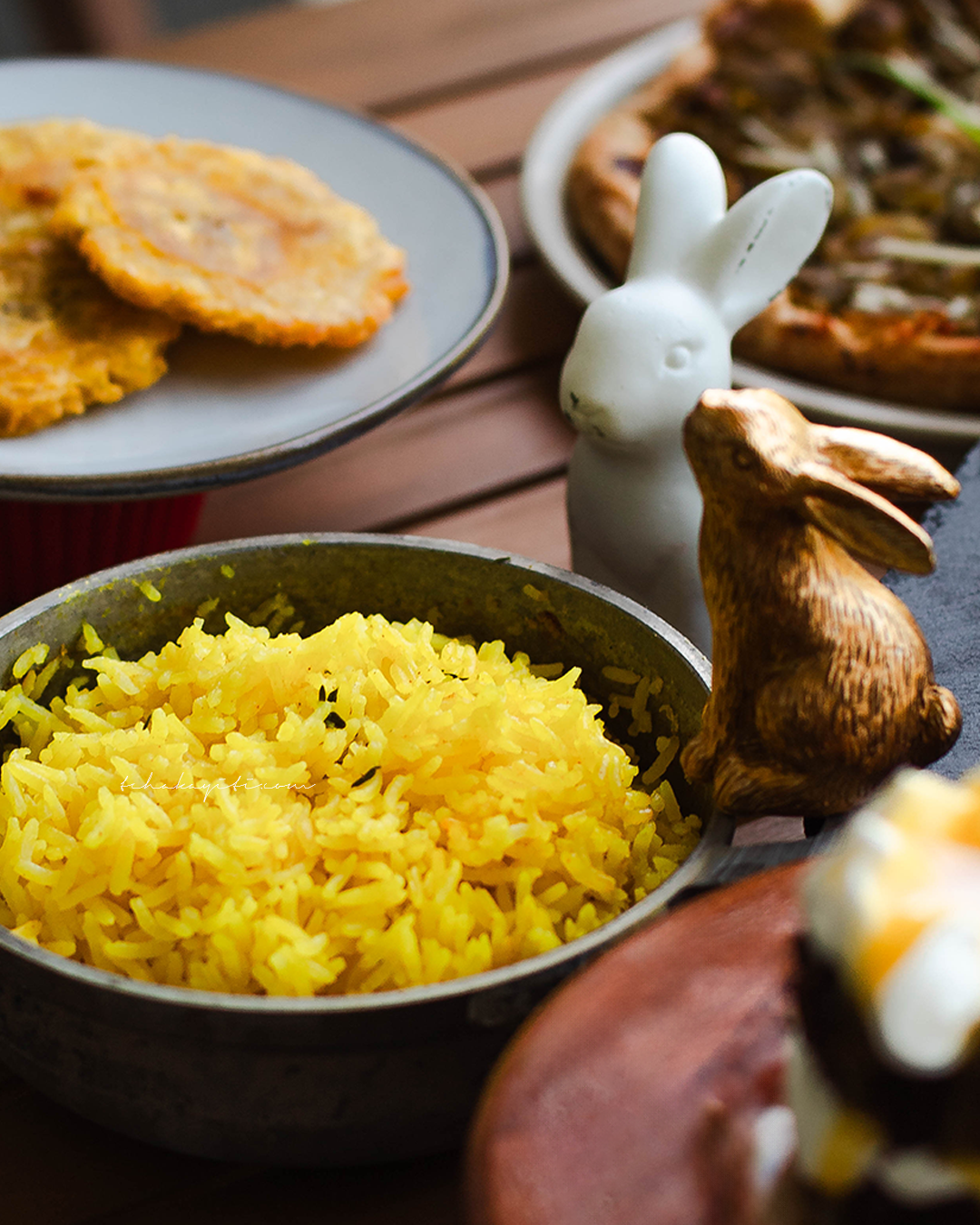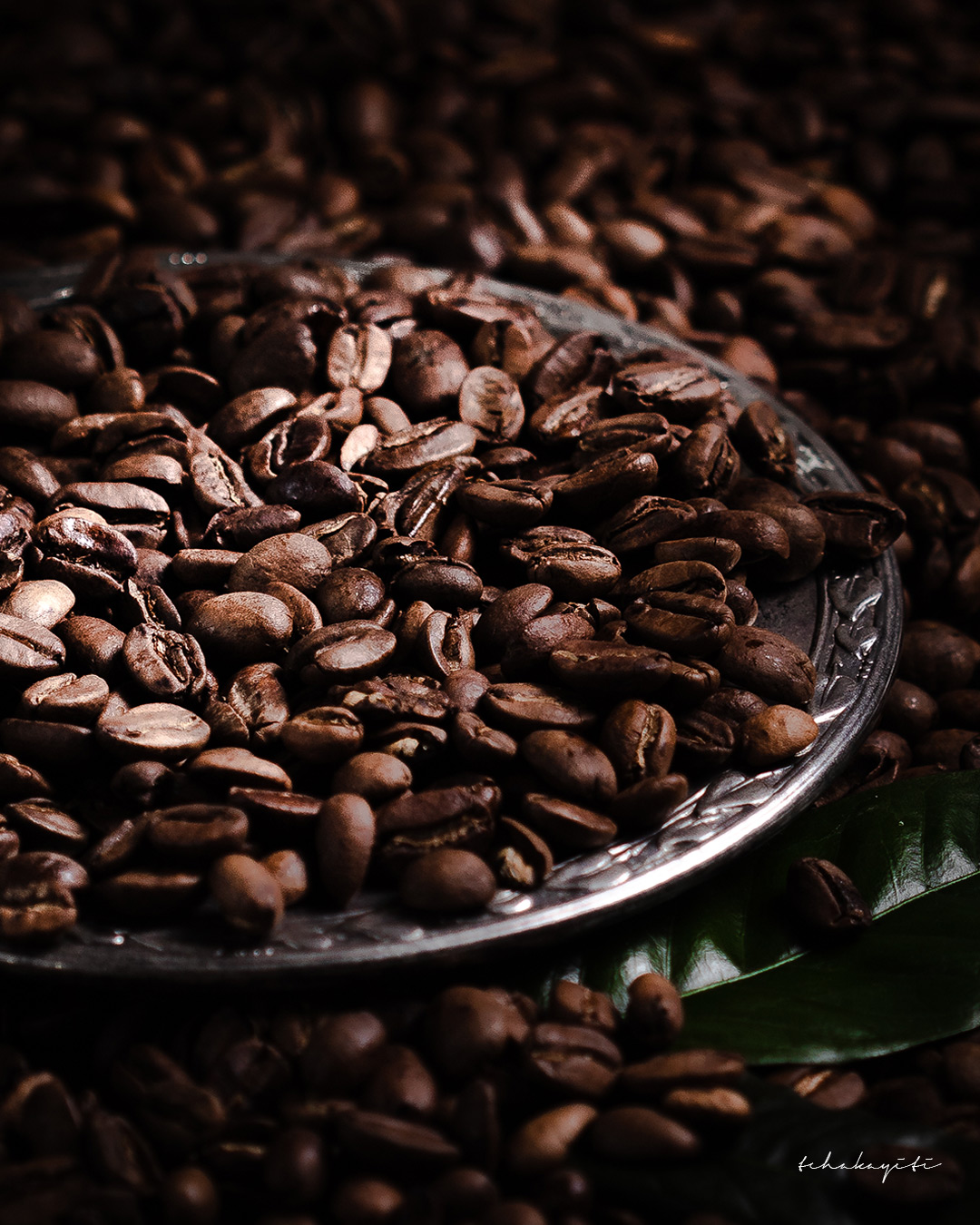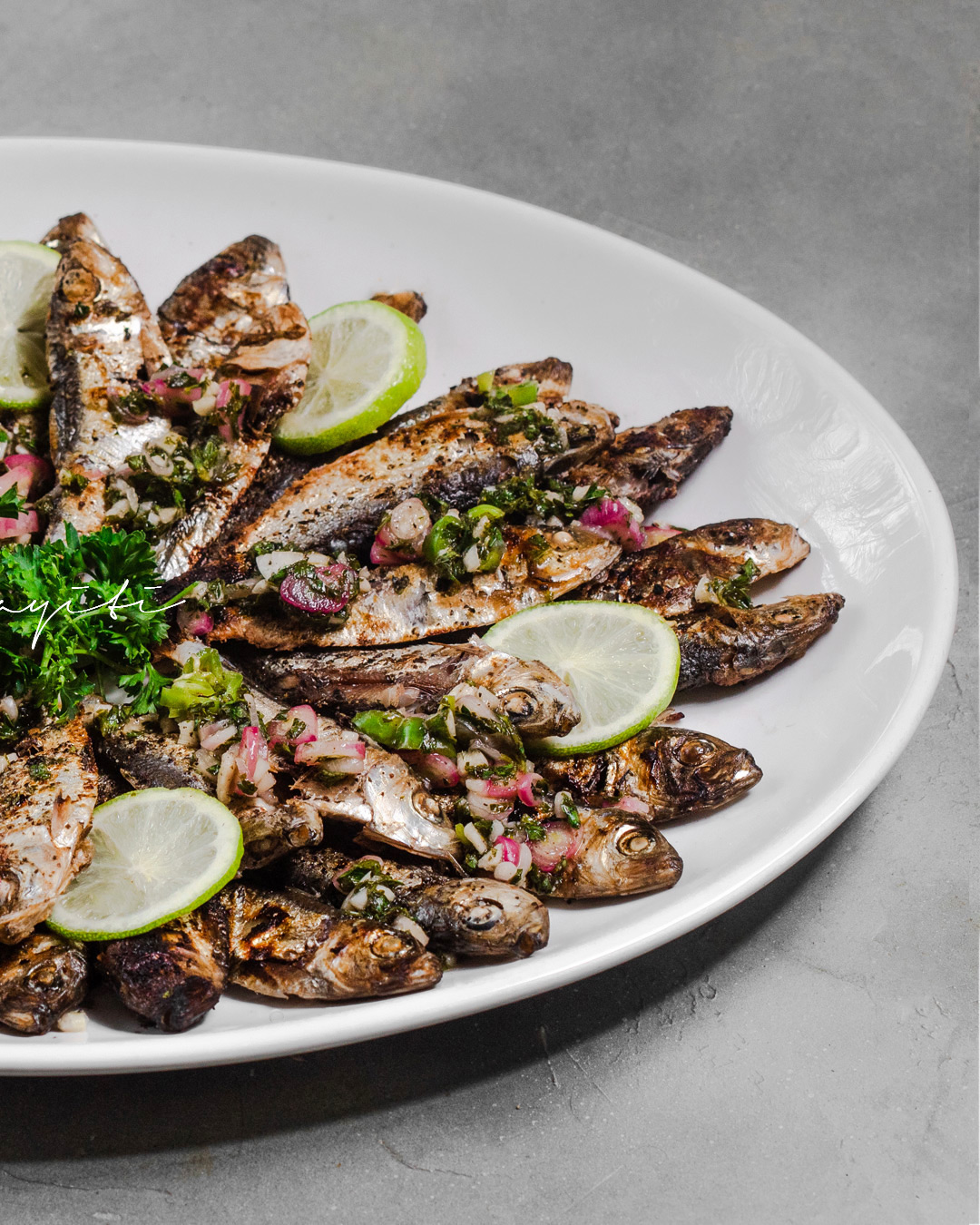– Should we cook the rice and meat first?
– The recipe says not to cook them, but you know what? Let’s cook them.
– Then again, maybe they know what they’re talking about…
– But hold on, if you guys don’t plan to cook it, you need to wash the rice thoroughly, […] I am warning you, the rice should be cooked […]
– The video clearly states that you should dip the cabbage in hot water and then take it out.
– But I am telling you, if you don’t turn off the stove the cabbage will be fully cooked and we won’t be able to use its leaves
– Ladies, I don’t know what y’all heard or read but this is how I do it, and my way is definitely the right way […]
– Good thing we didn’t follow that recipe, Yaya you are truly the owner of this kitchen. You’re our Top Chef today and from now on everything you say in this kitchen goes.
Such were the exchanges that took place in my aunt’s kitchen on Mardi-Gras Tuesday 2016 as seven women gathered around a table extracting and rolling stuffed cabbage leaves in an attempt to make a Middle Eastern inspired dish we had always wanted to learn to prepare.
That day, my mom, aunts, great aunts and I had decided to finally give mèchi – cabbage leaves stuffed with a savory meat and rice filling – a try.
On the menu were also featured a tabouleh, baked eggplant, a seafood bisque and of course some Haitian beignets, a must-have on Mardi-Gras day in Haiti. About 25 family members were invited to partake in that feast.
Our time in the kitchen was heated but fun as we had each walked into that kitchen with our culinary expertise. Even though we had a recipe, the ongoing debate, as you may have guessed by reading my quick account of our exchanges, was about our course of action. We could not decide whether or not to follow the instructions and tips we had each gotten from talking to others and surfing the web, which created a joyous ambiance.
Anilia, the family’s oldest cook, impressed us with her stubbornness that made us laugh and earned her the title of Top Chef of that kitchen that day. Indeed, video demonstration or not, she had refused to follow the methods we were trying to use, which helped us greatly. Turns out that, in spite of our apprehensions, she had more savoir-faire than the online recipe writer we had chosen.
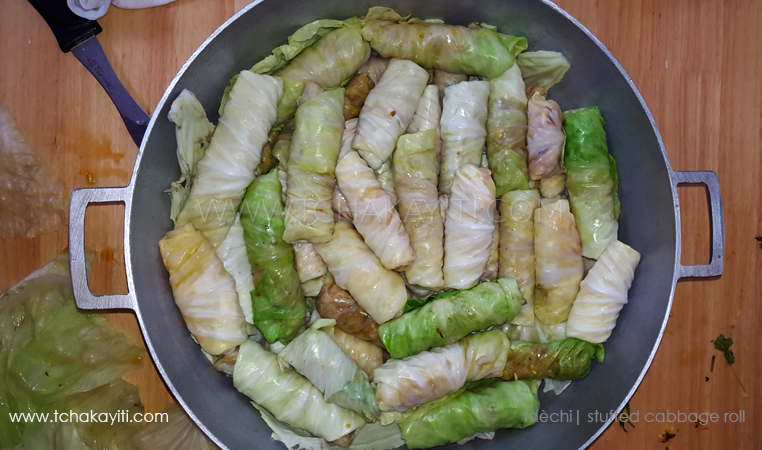
The highlight of those long hours in the kitchen came with the sampling. The smaller mèchi we had cooked in advance to sample came out extremely spicy, so spicy we were sure my uncle from my Piment Bouc & the Red-faced Guy article wouldn’t be the only one turning red at the table at dinner time. I should probably mention here that my aunt and I had decided at the last minute to add some piment bouc to the mix. We were thus convinced that we were to blame, and upset about it. Those mèchi were fiery hot, yet there was no way we could discard them. We had a hungry crowd to feed…
Luckily, Anilia, being the Top Chef that she was, figured out where we had gone wrong. My aunt and I’s last minute decision had not ruined the mèchi. Our samples had gotten their spiciness from the cookware. The pot we had cooked them in had been used so often to prepare piman that it was infused with those spicy aromas much like it often happens with our wooden mortar and pestle. We were thus safe; the mèchi we would serve at dinnertime would be edible.
We were all thankful for the beloved Yaya that day. What would we have done without her in that kitchen with us? Her stubbornness and savoir-faire definitely saved the day countless times and taught us many lessons.
Her food and artistry got transferred to three generations, and that is the beauty of spending time in the kitchen with seven Haitian women cooks!
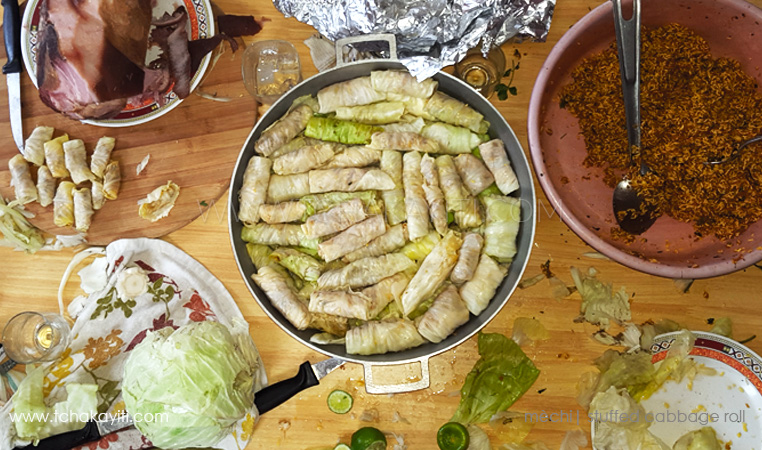 The recipe below is our adaptation of online recipes and tips from family friends. True to the Haitian cooking tradition, we do not list any proportions. Use the indicated ingredients as a base and adapt your seasoning according to your own taste.
The recipe below is our adaptation of online recipes and tips from family friends. True to the Haitian cooking tradition, we do not list any proportions. Use the indicated ingredients as a base and adapt your seasoning according to your own taste.
Yaya’s advice: Remove the cabbage heart and dip the vegetable in a boiling pot of water. The leaves will slowly detach themselves. At that point remove them one by one and dip them for a few seconds in the boiling water to soften them. Remove the vein. You will be able to roll the leaves more easily.
Ingredients
- Whole cabbage
- Rice
- Ground beef
- Ground pork
- Tomato purée
- Tomato Paste
- Chopped Onion
- Salt & Pepper
- Crushed Garlic
- Chopped Mint Leaves
- Chopped Parsley
- Piment Bouc
Instructions
- Extract the flesh from the coconut shell.
- Rinse the rice and set it aside
- Cook the onions in hot oil
- Add the purée and tomato sauce and cook for a few minutes
- Remove from the stove and add the remaining fresh ingredients
- Add the mix to the raw meat and rice
- Set aside and let marinate
- Fill each cabbage leaf with a spoonful of the raw mixture and roll them
- Cover the bottom of a deep pot with some cabbage leaves and top with the mèchi
- Pour some boiling water seasoned to taste over the mèchi
- Cover and cook on the stovetop until the liquid is completely absorbed
- Serve hot with your preferred side.

